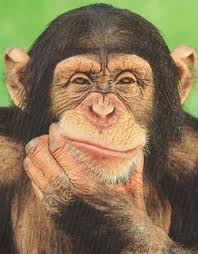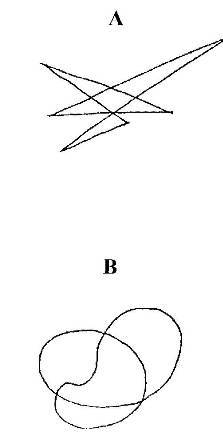
There is not one operation by which the sun attracts Jupiter and another by which Jupiter attracts the sun, but one operation by which he sun and Jupiter endeavor to approach each other…there is one action between them by which they both approach each other. Similarly, creativity comes from observing the relationships between objects, rather than objects themselves, and making analogical connections.
You know the “why didn’t I think of that?” feeling when you observe a new idea or process. It’s the obviousness of the idea once we see the analogical connection. Imagine how many entrepreneurs, inventors and manufacturers kick themselves when Gillette introduced the disposable razor. Gillette was founded by King Camp Gillette who pursued the idea of manufacturing something that would be used once a day and then thrown away to make his fortune. He methodically worked through the alphabet listing every possibility. This proved a waste of time. The idea of a safety razor didn’t arrive through logical reasoning but through a moment of insight when he realized that a razor wasn’t an object but a “sharp edge.” In that moment he said he saw the disposable razor in pictures rather than thought.
In another example, scientists at Gillette wanted to develop a new toothbrush. Instead of focusing on a toothbrush, they focused on “cleaning.” Among the things studied were:
- How are windows cleaned?
- How is hair cleaned?
- How are cars cleaned?
- How are arteries cleaned?
- How are fingernails cleaned?
- How are waterways cleaned?
They got excited when they studied how cars are cleaned. Cars are washed and cleaned in a car wash. Car washes use multiple soaping and brushing actions in different directions. The scientists incorporated the principle of multiple brushes brushing in different directions into the toothbrush known as the Oral B, which became the leading selling toothbrush in the world.
Our special gift is the imagination to make somehow make universal metaphorical-analogical connections between two dissimilar areas of experience. For example, in the illustration take the two nonsense words “maluma” and “tuckatee” and match them to the figures, A and B. Which one is a “maluma” and which is a “tuckatee? Please answer before you read further.

The majority of people identify “A” as a tuckatee and “B” as a maluma. This is an example of our gift of making universal metaphorical-analogical connections between words and shapes of dissimilar things.
Xiaohui Cui at Oak Ridge National Laboratory in Tennessee came up with an idea to better organize information on the internet by making the analogical connection between how information flocks and flows on the internet and “how birds of the same species flock and flow together”. His system mimics the ways birds of the same species flock and flow together. He created flocks of virtual “birds”. Each bird carries a document, which is assigned a string of numbers. Documents with a lot of similar words have number strings of the same length. A virtual bird will only fly with others of its own “species”, or in this case, documents with number strings of the same length. When a new article appears, software scans it for words similar to those in existing articles and then files the document into an existing flock, or creates a new one. This new web feed tool will automatically update your browser with any new stories added to your favorite websites whenever you go online. These feeds also provide automatic updates from other websites, for example, when new scientific papers are added to journals.
Thinking in terms of essences and principles frees your imagination from the constraints of words, labels and categories. Imagine that you had been raised to believe tomatoes were potatoes and potatoes were tomatoes. And imagine you live in a world where everyone knows the truth about these foods except you. When you thought you were eating a potato you were eating a tomato, and vice versa. Assuming you had a balanced diet overall, your delusion about tomatoes would have no real impact on your life except for your continuous bickering with others about the true nature of tomatoes and potatoes. Now suppose everyone was wrong and both the tomatoes and potatoes were entirely different foods. Let’s say they were really oranges and beets. Would it matter? No it would not. Whether you understand the true nature of your food or not, you still have to eat.
In much the same way, if you were trying to come up with different ways to search for information on the web and thought only in terms of existing computer search engines, you likely won’t accomplish much. However, if you free your imagination from existing categories and think of “searching,” you might discover how ants search for food. What connection can there be between ants and search engines? Rutgers professor Paul Kantor is developing a server for the department of defense department that makes it possible to find information on the web in much the same way that ants leave pheromones (chemical) trails for other ants to follow in search of food. Sort of a “digital information pheromone” path created by users on the web that other researchers seeking the same information could follow.
MICHAEL MICHALKO
Michael Michalko is a highly acclaimed creativity expert. To learn about him visit: https://imagineer7.wordpress.com/about-michael-michalko/
To learn about his books visit:https://www.amazon.com/s?k=michael+michalko%5C&ref=nb_sb_noss_2